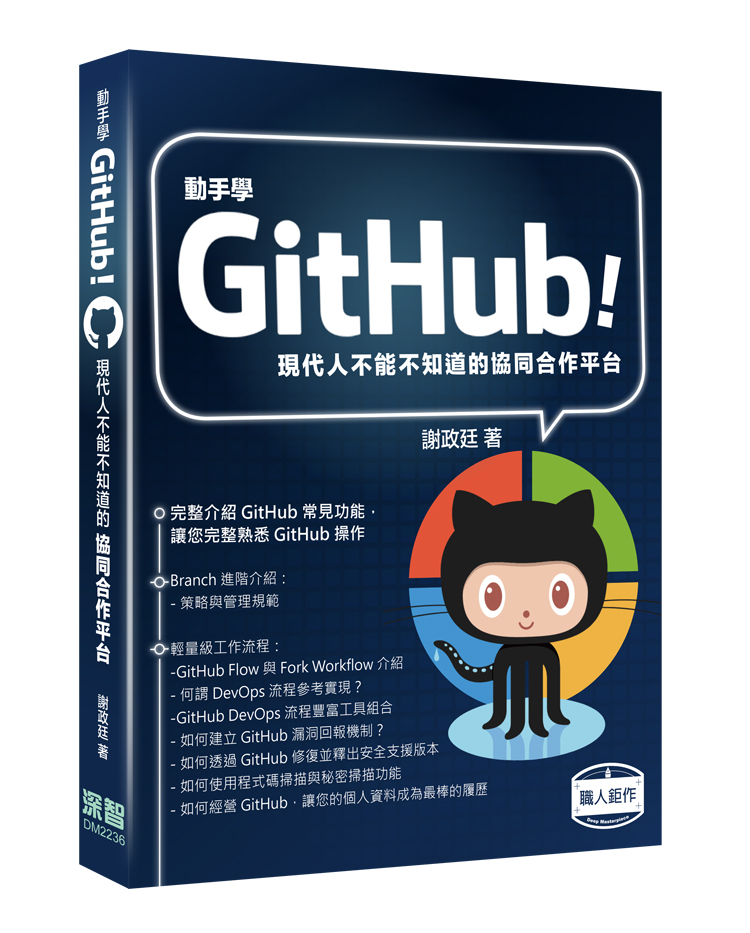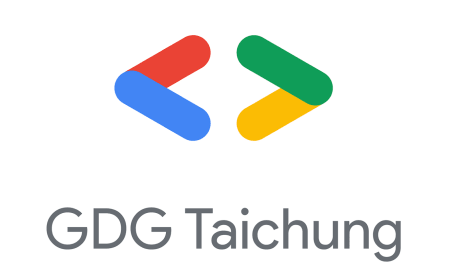前言
另一個新的 C# 8.0 的語法為非同步資料流 (Asynchronous streams),除了允許非同步方法回傳多筆資料,也提供資料接收者控制非同步資料來源一個好的方式,以強化程式響應 (responsiveness) 能力。本篇文章將以簡單範例說明非同步資料流使用方法,若有錯誤或任何建議,請各位先進不吝提出。
介紹
在提到非同步資料流之前,我們先簡單談一下 Pull programming model 與 Push programming model 兩種模組,以及適合的情境。以下圖為例,分別為 使用者要求資料 與 推送給使用者資料兩種模式:使用者(Consumer) 請求取得資料模式 (上圖) 較適用於 資料來源 (Producer) 生成資料速度較快,使用者處理速度較慢的情境;推送給使用者資料模式較適用於 Producer 生成資料速度較慢,Consumer 處理速度較快的情境。而非同步資料流的部分為後者。
我們撰寫一隻 Producer 程式,每 0.5 秒會推回多筆員工資料給 Consumer,程式碼如下。
using System.Collections.Generic;
using System.Threading.Tasks;
namespace AsynchronousStreamExample
{
class EmployeeInfo
{
public int Id { get; set; }
}
class Producer
{
public async IAsyncEnumerable<EmployeeInfo> GetEmployeeInfosAsync(int count)
{
for (int i = 0; i < count; i++)
{
await Task.Delay(500);
yield return new EmployeeInfo(){Id = i +1};
}
}
}
}
在 C# 8.0 我們可以透過非同步資料流方式接收資料(如 17 行)。另外,透過 第 9 行 ThreadId 也可以檢視非同步的情況。程式碼如下:
using System;
using System.Threading;
using System.Threading.Tasks;
namespace AsynchronousStreamExample
{
class Program
{
private static int ThreadId => Thread.CurrentThread.ManagedThreadId;
static async Task Main(string[] args)
{
var producer = new Producer();
Console.WriteLine($"({ThreadId})取得員工資料");
await foreach (var employee in producer.GetEmployeeInfosAsync(20))
{
Console.WriteLine($"({ThreadId})開始接收資料: {employee.Id}");
}
Console.WriteLine($"({ThreadId})接收資料完畢");
}
}
}
執行結果如下圖,每 0.5 秒推送一筆員工資料。由此得知,非同步資料流是相當不錯推送技術。
若您對於這個飯粒有興趣,你可以在我的 GitHub 找到 Asynchronous streams example (.NET Core 3.0)。







0 留言